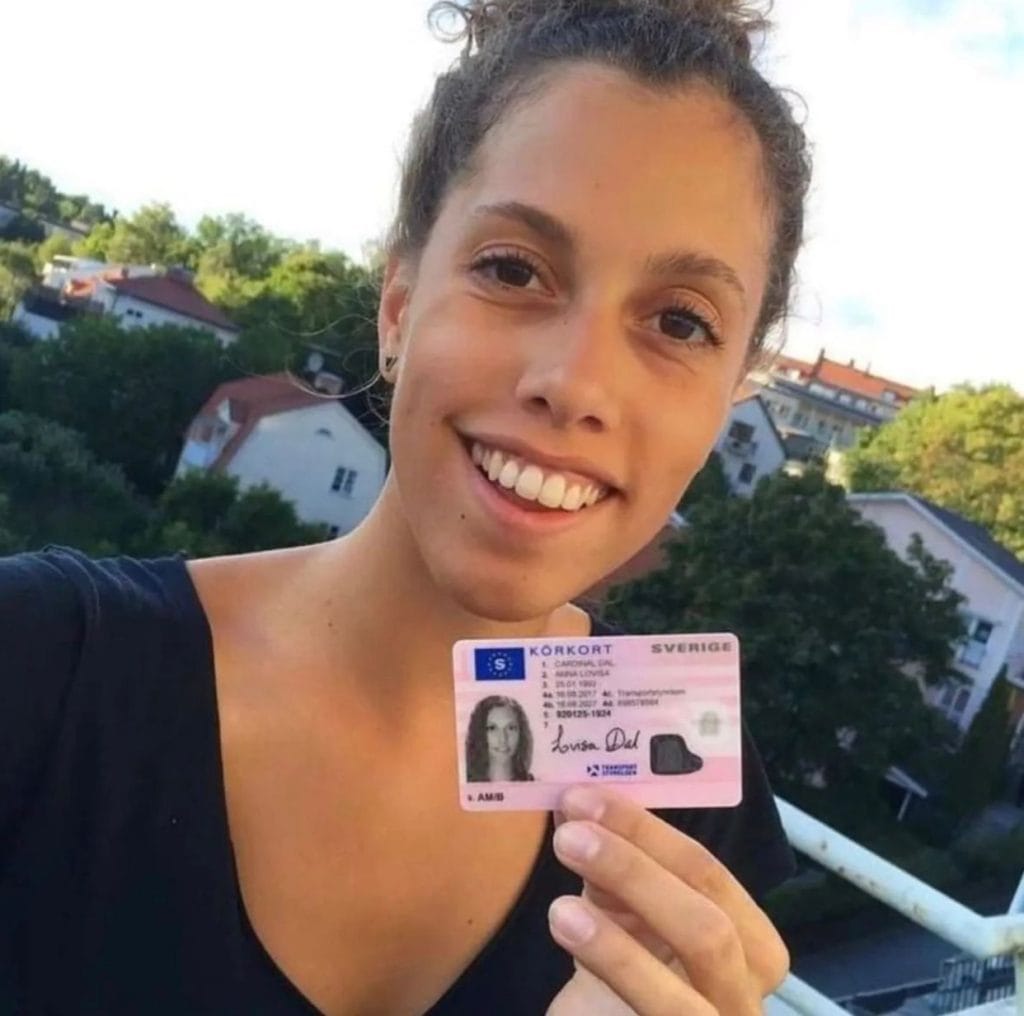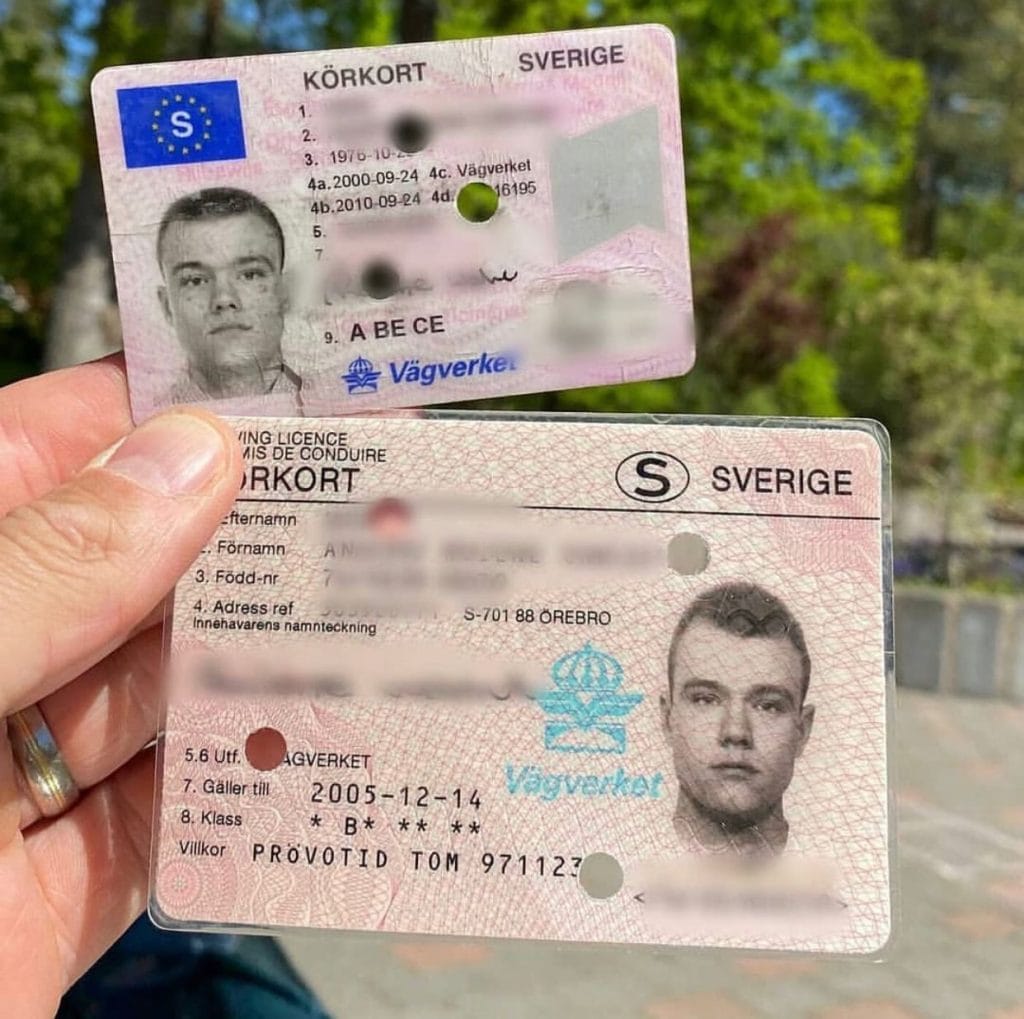
Köp Körkort Utan Test
Add a review FollowOverview
-
Founded Date July 22, 1962
-
Sectors Software Engineering
-
Viewed 8
Company Description
The History Of Buy Driving License In 10 Milestones
The Comprehensive Guide to Legally Obtaining a Driving License
Driving is an essential skill for many, using the freedom to take a trip where and when you want, typically making life more convenient and enjoyable. Nevertheless, obtaining a driving license is a procedure that needs understanding, patience, and adherence to legal procedures. This guide intends to supply an in-depth overview of the steps one need to follow to legally obtain a driving license, highlighting crucial considerations and often asked questions to guarantee a smooth and problem-free experience.
Comprehending the Basics
Before diving into the application process, it’s crucial to comprehend the fundamental requirements and types of driving licenses readily available. Driving laws differ significantly from country to nation, and even within different states or provinces within the very same nation. Usually, there are several kinds of driving licenses, consisting of:
- Learner’s Permit: This is typically the primary step while doing so, allowing new drivers to gain experience under guidance.
- Provisionary License: Issued after passing a basic driving test, this license typically comes with restrictions and is a stepping stone to a complete license.
- Complete Driver’s License: Once all the essential requirements are fulfilled, motorists can acquire a full license, which offers total driving advantages.
- Business Driver’s License (CDL): Required for those who wish to operate industrial cars, such as trucks or buses.
Steps to Obtain a Driving License
1. Research Study Local Driving Laws
The very first action in obtaining a driving license is to research the specific requirements in your area. Check out the main site of your regional Department of Motor Vehicles (DMV) or comparable company to discover in-depth details about the licensing procedure, consisting of age limitations, needed files, and charges.
2. Prepare Required Documentation
Each jurisdiction has its own set of documents that need to be sent to get a driving license. Commonly required files include:
- Proof of Identity: A passport, birth certificate, or köpa Körkort state-issued ID.
- Proof of Residency: Utility bills, lease contracts, or other main documents that verify your address.
- Social Security Number (if suitable): In some countries, a social security number or equivalent is required for recognition.
- Vision Test Results: Some locations require a vision test before releasing a student’s authorization or license.
3. Take a Driver’s Education Course
Many states and countries need new motorists to finish a driver’s education course. These courses are created to teach the guidelines of the roadway, traffic laws, and safe driving practices. They can be finished online or in a classroom setting and often include both theoretical and useful elements.

4. Get a Learner’s Permit
Once the required documents is all set and the driver’s education course is finished, the next step is to make an application for a student’s license. This typically includes checking out the DMV or submitting an application online. You will likewise need to pass a written test that covers traffic laws and driving understanding.
5. Practice Driving
With a student’s authorization, you can start practicing driving under the guidance of a certified adult. This is an essential action in building your confidence and skills behind the wheel. It’s likewise crucial to gain experience in different driving conditions, such as night driving, highway driving, and driving in inclement weather condition.
6. Arrange and Pass the Driving Test
After getting enough driving experience, you can set up a driving test with the DMV. The test will assess your capability to safely run an automobile and follow traffic laws. You will require to bring a correctly registered and guaranteed lorry to the test, and the examiner will examine your driving skills on a predetermined route.
7. Make an application for a Provisional License
If you pass the driving test, you will usually get a provisional license. This license may feature restrictions, such as a curfew or a limitation on the number of passengers you can have in the automobile. These restrictions are developed to reduce the risk of mishaps and assist new motorists adapt to the road.
8. Upgrade to a Full License
When you have actually held a provisional license for the required duration and satisfied any additional requirements, you can upgrade to a complete driver’s license. This process generally includes an easy application and may need a retest or extra documentation.
Tips for a Successful Application
- Start Early: Begin the procedure as quickly as you fulfill the age requirement to offer yourself ample time to prepare.
- Stay Informed: Keep updated with any modifications in driving laws or DMV procedures.
- Practice Regularly: Consistent practice is essential to constructing confidence and enhancing your driving skills.
- Stay Calm During the Test: Anxiety can impact your performance, so take deep breaths and stay focused.
- Follow DMV Instructions: Pay attention to the directions offered by the DMV and the inspector during your test.
Regularly Asked Questions (FAQs)
Q: What is the minimum age to get a learner’s permit?
A: The minimum age differs by jurisdiction. In the United States, it normally ranges from 15 to 16 years of ages. In the UK, the minimum age is 17. Check your local DMV site for particular details.
Q: Can I apply for a driver’s license online?
A: Some jurisdictions enable you to complete parts of the application procedure online, such as filling out forms and scheduling tests. However, you will generally require to go to a DMV office personally to send needed documents and take the driving test.
Q: What occurs if I stop working the driving test?
A: If you stop working the driving test, you can usually retake it after a particular duration. This period varies by area, however it is frequently a few weeks. It’s a good concept to practice more before retaking the test to improve your possibilities of success.
Q: Can I drive alone with a student’s permit?
A: No, a student’s authorization normally requires you to be accompanied by a licensed adult, typically over 21 years of ages, who is seated in the front traveler seat.
Q: Is a vision test required to get a driving license?
A: Yes, most jurisdictions require a vision test to ensure that you can securely operate a vehicle. You can normally take this test at the DMV or with an authorized eye doctor.
Q: How long does it require to get a complete driver’s license?
A: The time needed to get a full driver’s license varies depending on your jurisdiction and the specific actions involved. Usually, it can take several months, including the time needed to finish a driver’s education course, hold a learner’s authorization, and pass the driving test.
Q: Can I use a provisional license to drive for work?
A: It depends upon the restrictions put on your provisionary license. Some provisional licenses permit you to drive for work, while others may have specific constraints. Check your license for information or contact the DMV for clarification.

Q: What is the difference between a learner’s authorization and a provisionary license?
A: A learner’s permit is the first stage of the licensing procedure and allows you to drive only under guidance. A provisionary license, on the other hand, grants you more driving privileges but might still have some constraints, such as a curfew or passenger limits.
Q: Can I obtain a business driver’s license (CDL) without a full driver’s license?
A: No, you typically need a complete driver’s license before requesting a CDL. A CDL is a customized license that needs extra training and testing, and it is only released to those who have actually demonstrated the ability to securely operate a standard lorry.
Q: What should I do if I lose my driving license?
A: If you lose your driving license, you must report it to the DMV and get a replacement. You may require to provide proof of identity and pay a charge. It’s likewise a great concept to notify your insurance company and any other pertinent celebrations.
Getting a driving license is a substantial milestone that opens up new opportunities and increases self-reliance. By following the steps detailed in this guide and remaining notified about local laws and requirements, you can ensure a smoother and more successful licensing procedure. Bear in mind that driving is a serious duty, and putting in the time to find out and practice is essential for your security and the security of others on the road.
